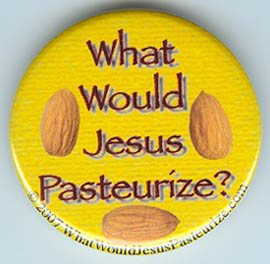From cream soup to cancer treatment, I discovered many interesting uses for surplus breast milk after learning that PETA requested Ben & Jerry’s use it to replace cow’s milk in ice cream products.
"Whatever floats your boat," I said, "as long as it’s pasteurized for the kiddos."
Probably, the most widely-accepted use for extra breast milk is as a supplement for nursing infants whose mothers are unable to produce enough safe breast milk to sufficiently feed them. Several human milk banks exist in the US for this purpose.
One such bank opened this week at the Portland Adventist Medical Center and has a plan in place to ensure the safety of all donations before use.
"We’ll do a blood screen on the moms who are going to donate," said Angel Pyles, a lactation nurse. "The milk is pasteurized and rescreened before given to babies who are in need of it."
Young children are one group whose health and well-being are most greatly affected by the culture around them. Those babies are lucky this organization recognizes that even a woman’s breast milk has risks that should be controlled.


 At our first prenatal visit, which at 8 weeks seemed very late, we finally got some food safety advice from the medical staff. Along with the typical list of foods to avoid (non-pasteurized cheeses, smoked salmon, etc.), the staff member told us if we do eat cold cuts, it is advisable to get them from the deli counter in the supermarket rather than buying the packaged ones from big companies. We were a bit surprised, as this was … exactly wrong advice. The risk of listeria from the deli section is generally higher because it’s difficult to clean the slicers and we do not know how often they are cleaned.
At our first prenatal visit, which at 8 weeks seemed very late, we finally got some food safety advice from the medical staff. Along with the typical list of foods to avoid (non-pasteurized cheeses, smoked salmon, etc.), the staff member told us if we do eat cold cuts, it is advisable to get them from the deli counter in the supermarket rather than buying the packaged ones from big companies. We were a bit surprised, as this was … exactly wrong advice. The risk of listeria from the deli section is generally higher because it’s difficult to clean the slicers and we do not know how often they are cleaned.